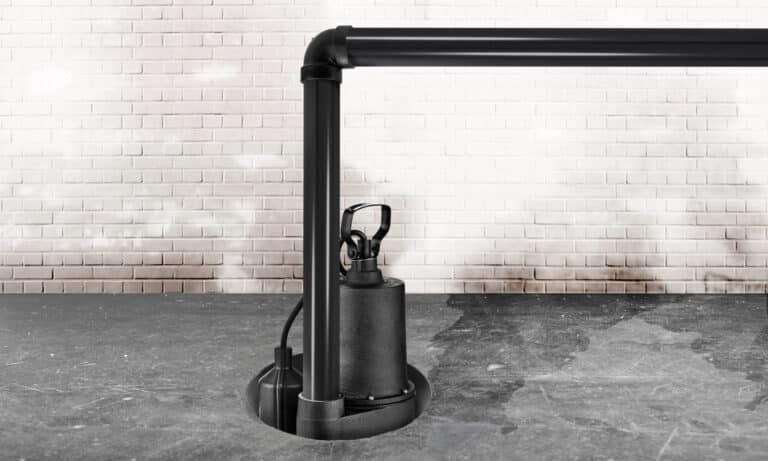What is a Sump Pump and How Does it Work?
A sump pump system is a vital component for protecting your home from basement flooding by efficiently removing excess water from low-lying areas. As a homeowner, ensuring the safety and dryness of your basement is crucial. A sump pump is an essential device designed to keep your basement or crawl space dry and prevent flooding. But what exactly is a sump pump, and how does it work? Let’s explore the basics.
What is a Sump Pump?
A sump pump is a small, typically submersible pump installed in the lowest part of a basement or crawl space. Its primary function is to remove water that accumulates in a sump basin, which is typically set into the floor of the basement. The sump pump helps prevent basement flooding and water damage, making it an indispensable tool for homes prone to excessive moisture or located in areas with high water tables.
Types of Sump Pumps
There are two main types of sump pumps:
- Pedestal Sump Pump: This type has the motor mounted above the sump basin, making it easier to service and repair. However, it is more visible and can be noisier.
- Submersible Sump Pump: This pump is entirely submerged in the sump basin, making it quieter and less obtrusive. It is sealed to prevent electrical short circuits, making it a safer option for wet environments.
How Does a Sump Pump Work?
The operation of a sump pump is relatively straightforward. Here’s a step-by-step breakdown of how it works:
- Water Collection: Water naturally flows into the sump basin through drains or by migrating through the soil. The basin collects this water to prevent it from spreading across the basement floor.
- Activation: When the water in the sump basin reaches a certain level, a float switch activates the sump pump. This float switch acts similarly to the one in your toilet tank, rising with the water level.
- Pumping Water Out: Once activated, the sump pump starts pumping the water out of the basin through a discharge pipe. This pipe leads the water away from your home, typically to a designated drainage area such as a dry well, a storm drain, or a municipal sewer system.
- Shutting Off: The pump continues to work until the water level drops to a predetermined level, at which point the float switch triggers the pump to turn off.
Benefits of a Sump Pump System
- Flood Prevention: Protects your basement from flooding, saving you from costly water damage repairs.
- Mold and Mildew Prevention: Keeps the area dry, reducing the risk of mold and mildew growth.
- Foundation Protection: Helps maintain the integrity of your home’s foundation by managing groundwater effectively.
At Top Notch Heating and Plumbing we understand the importance of a reliable sump pump system. Our experts are here to help you choose, install, and maintain the right sump pump for your home, ensuring you stay dry and protected all year round. If you have any questions or need assistance with your pump systems services, don’t hesitate to reach out to us.




